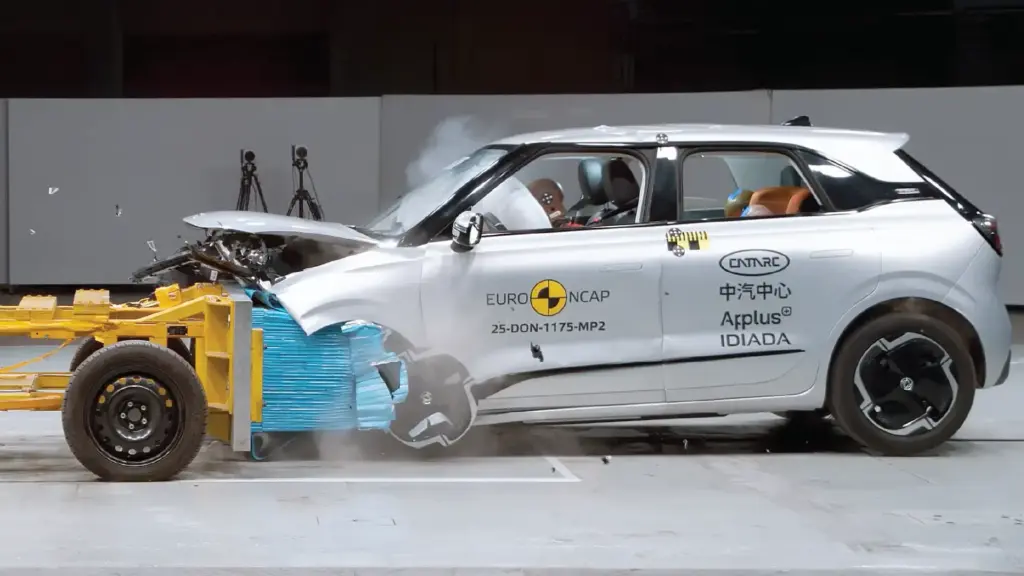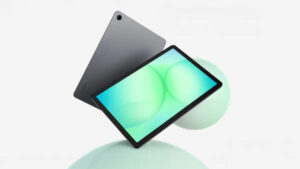
One of Europe’s most affordable electric vehicles, the Chinese-made Dongfeng Box, has come under scrutiny following a recent crash test. The vehicle, priced at just over half of a Tesla Model Y, was found to have “performed poorly” in a frontal collision test, with multiple welds failing to hold its body together. This led to Euro NCAP describing the car’s body shell as “unstable,” noting that the doors did not unlock as designed post-collision.
Despite these issues, the Dongfeng Box still managed to earn a three-star safety rating out of five from Euro NCAP. This comes in the wake of the MG 3 hatchback’s recent upgrade from a three to a four-star safety rating, despite a driver’s seat malfunction during its crash test. Euro NCAP highlighted a gap in its rating system, which does not currently account for component failures such as these.
Spotlight on Safety Standards
The Dongfeng Box, a compact electric car available in Europe but not in Australia, is comparable in size to a petrol-powered VW Polo. However, it is notably cheaper, with a price tag of €23,499 ($AU42,000). While it provided “good protection” in side-impact tests, the frontal-offset test revealed significant weaknesses. This test simulates a real-world collision type responsible for the most fatalities, where the test vehicle collides with a 1400kg trolley at a 50% overlap.
Euro NCAP’s safety report noted,
“It was seen that multiple spot-welds had failed on the [windscreen] A-pillar, compromising the ability of the bodyshell to withstand further loading.”
Additional damage was observed to the front sill and the top of the windscreen pillar to cant rail. The organisation described the Box’s structure as “unstable,” expressing concerns over its ability to protect occupants at higher speeds.
Implications of Component Failures
Euro NCAP also found that the Dongfeng Box’s automatic door locking mechanism failed to unlock, potentially hindering first responders’ access to occupants. Furthermore, the airbag’s insufficient pressure could not prevent the driver’s head from hitting the steering wheel, and certain dashboard structures posed a risk of leg injuries.
The analysis of the crash-test trolley’s deceleration suggested that the city hatch could be an “aggressive impact partner” in frontal collisions. This is unusual for small cars, which typically have low bonnet lines and modest body weights compared to larger vehicles like SUVs.
The absence of a front-centre airbag also contributed to the Box’s lower score, as it failed to prevent frontal occupants from colliding with each other during side-impact crashes. Despite these criticisms, the Box achieved a 69% score for adult occupant protection, just below the 70% required for a four-star rating.
Comparisons and Future Considerations
In comparison, the Volkswagen T-Cross, which also earned three stars in the latest Euro NCAP testing, was praised for its “stable” body shell and “good protection of the knees and femurs” of front-row occupants during the frontal-offset test. However, the Dongfeng Box did receive commendations for “good protection” in side-impact barrier tests and “adequate” protection in side-impact pole tests. Its front seats and head restraints provided “good protection against whiplash injuries” in rear-end crashes.
In other assessment areas, the Box performed better, scoring 81% for child occupant protection, 67% for vulnerable road user protection, and 77% for safety assist technology. These results would have qualified it for a four-star rating overall, with two categories reaching five-star levels.
Meanwhile, MG has responded to the MG 3 crash test findings, stating,
“We are working closely with our colleagues in Europe and at our headquarters in Shanghai … this includes reviewing the outcome of the recent Euro NCAP testing process.”
Other affordable EVs, such as the BYD Dolphin Surf and Renault 4 and 5, have achieved four or five-star ratings, highlighting a safety gap for Dongfeng’s Box.
The ongoing scrutiny of the Dongfeng Box’s safety performance underscores the importance of rigorous testing and standards for vehicles entering the European market. As more affordable electric vehicles emerge, manufacturers must prioritize safety to meet consumer expectations and regulatory requirements.





